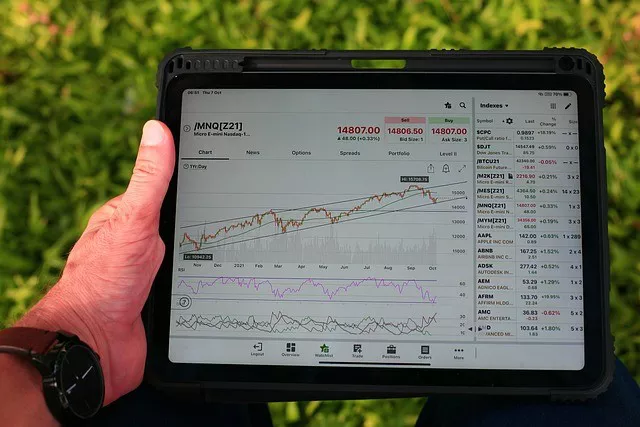Trading gold futures can be an exciting and lucrative venture for both experienced and novice traders. As one of the most sought-after precious metals, gold offers a multitude of opportunities for traders to capitalize on market fluctuations and potentially generate significant profits. However, navigating the world of gold futures requires a solid understanding of the market dynamics, strategies, and risk management techniques. In this comprehensive guide, we will walk you through the essential aspects of trading gold futures and equip you with the knowledge needed to make informed trading decisions.
Table of Contents:
- Understanding Gold Futures
- Factors Affecting Gold Prices
- Choosing a Trading Platform
- Developing a Trading Plan
- Fundamental Analysis
- Technical Analysis
- Risk Management Techniques
- Trading Strategies
- Monitoring and Exiting Trades
- Staying Informed: News and Economic Indicators
- Conclusion
Section 1: Understanding Gold Futures
Before diving into the intricacies of trading gold futures, it is crucial to grasp the fundamental concepts. Gold futures contracts are standardized agreements to buy or sell a specified amount of gold at a predetermined price on a future date. These contracts are traded on exchanges such as the Chicago Mercantile Exchange (CME) and require traders to deposit an initial margin to secure their positions.
Section 2: Factors Affecting Gold Prices
Gold prices are influenced by a wide range of factors, including economic indicators, geopolitical events, central bank policies, and investor sentiment. Understanding these factors and their interplay is crucial for anticipating gold price movements and making informed trading decisions.
Section 3: Choosing a Trading Platform
Selecting a reliable and user-friendly trading platform is essential for executing trades efficiently. Look for platforms that offer real-time data, charting tools, order execution capabilities, and access to relevant news and analysis. Additionally, ensure that the platform is regulated and provides adequate customer support.
Section 4: Developing a Trading Plan
A well-defined trading plan is the foundation for success in gold futures trading. Determine your trading goals, risk tolerance, preferred trading style (day trading or swing trading), and the amount of capital you are willing to allocate to gold futures trading. A trading plan helps maintain discipline, minimizes emotional decision-making, and enhances consistency.
Section 5: Fundamental Analysis
Fundamental analysis involves evaluating economic and financial factors that influence gold prices. Keep track of macroeconomic indicators such as interest rates, inflation, GDP growth, and central bank policies. Additionally, monitor geopolitical developments, currency fluctuations, and investor sentiment. Combining these factors with the supply-demand dynamics of gold can help you assess the intrinsic value of the precious metal.
Section 6: Technical Analysis
Technical analysis involves analyzing historical price patterns, chart formations, and technical indicators to predict future price movements. Learn to interpret candlestick patterns, support and resistance levels, moving averages, and oscillators like the Relative Strength Index (RSI) and Moving Average Convergence Divergence (MACD). Technical analysis helps identify entry and exit points, confirm trends, and manage risk effectively.
Section 7: Risk Management Techniques
Managing risk is paramount in gold futures trading. Implement risk management techniques such as setting stop-loss orders, diversifying your portfolio, and determining position sizing based on your risk tolerance. Establishing a risk-reward ratio for each trade and adhering to it consistently is crucial for long-term success.
Section 8: Trading Strategies
Explore various trading strategies to find ones that align with your trading style and objectives. Common strategies include trend following, range trading, breakout trading, and mean reversion. Remember to backtest your strategies using historical data to evaluate their performance before deploying them in live trading.
Section 9: Monitoring and Exiting Trades
Regularly monitor your open positions and be mindful of key price levels, news releases, and market sentiment. Use trailing stops or manual adjustments to protect profits and limit losses. Knowing when to exit a trade is as important as knowing when to enter one.
Section 10: Staying Informed: News and Economic Indicators
Stay updated on the latest news, economic indicators, and market events that can impact gold prices. Set up alerts for important announcements, read financial news, and follow reputable sources for market analysis. Economic indicators such as Non-Farm Payrolls, CPI, and central bank statements can have a significant impact on gold prices.
Conclusion:
Trading gold futures requires a combination of knowledge, skill, and discipline. By understanding the intricacies of the market, conducting thorough analysis, implementing effective risk management techniques, and staying informed, traders can enhance their chances of success. Remember, practice, patience, and continuous learning are essential for mastering the art of trading gold futures.


